By Glen Lord
Holiday cactus are a group of epiphytic and semi-epiphytic cacti native to South America. In the United States these are most commonly Thanksgiving Cactus, Schlumbergera truncata; Christmas Cactus, Schlumbergera × buckleyi; and Easter Cactus, Rhipsalidopsis gaertneri.
The common names are mostly recognized in the US because the majority of the bloom cycle corresponds to those holidays. In other parts of the world they are known by other names such as Spring Cactus and Zygocactus. Whatever name you know them by, they are a welcome treat as they bloom for us in the long dark days of fall and winter.
These types of cactus have segmented stems consisting of phylloclades that act as leaves to gather energy from the sun. In habitat they grow in the branch notches of trees and shrubs where leaf litter and duff collect. There are a few that are lithophytic (grow on rocks). They are mostly Rhipsalidopsis species that are not often seen in common cultivation.
Thanksgiving Cactus
Thanksgiving cactus are most common out of all three plants in this group. Schlumbergera truncata are identifiable by their pointed clades, green flattened stems, and zygomorphic [bilaterally symmetrical] flowers. They are commonly called Christmas Cactus in the plant trade but this is incorrect as that epithet belongs to a different plant.
They can be forced to bloom at a certain time with environmental controls at the nursery so they lend themselves to be a multi-seasonal offering. They can be found in a wide range of colors including, white, yellow, red, pink and orange.
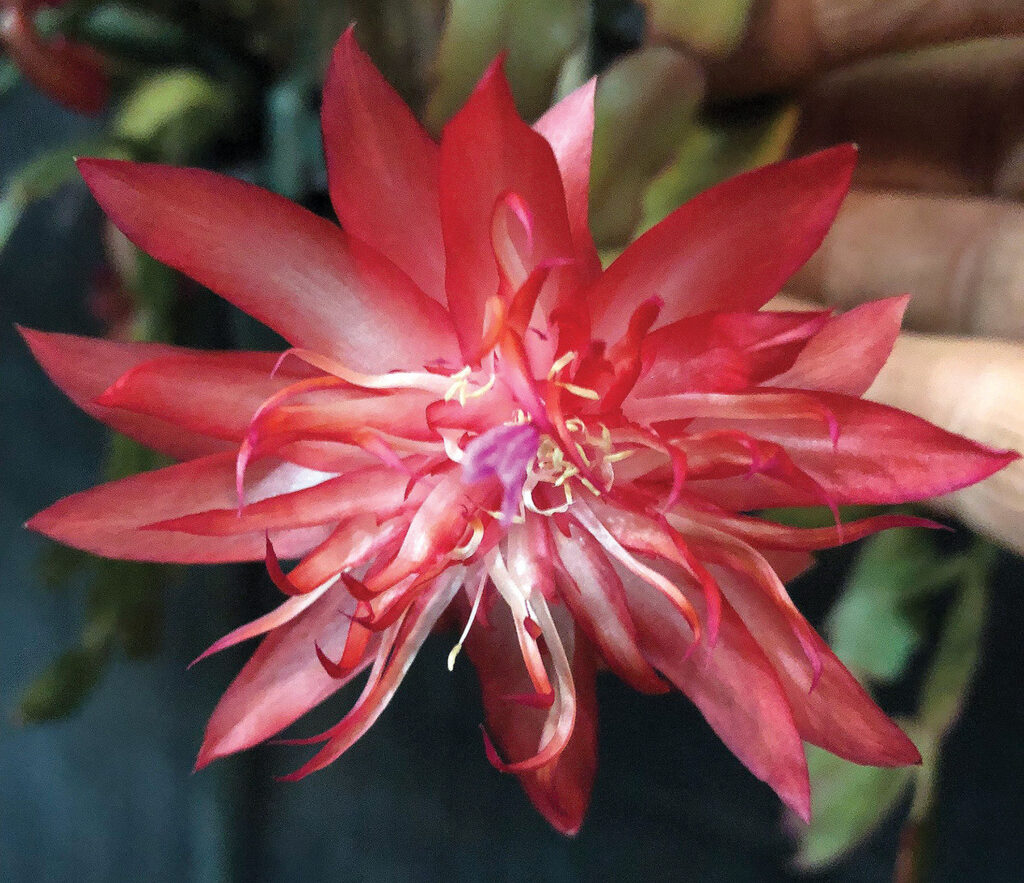
Christmas Cactus
Christmas Cactus often hold a special place in the memories of growers as they are most commonly the plants that have become family heirlooms. It is not uncommon to see massive old plants adorning bay windows and porches in the summer.
This plant has a well-known history, being a hybrid introduced in 1852 by Buckley Nursery in London, England. The original cross of Schlumbergera truncata and Schlumbergera russelliana produced several offspring but the one that is most commonly seen has a bright fuchsia bloom that is pendant and symmetrical.
The plants are identified by the somewhat rounded clades
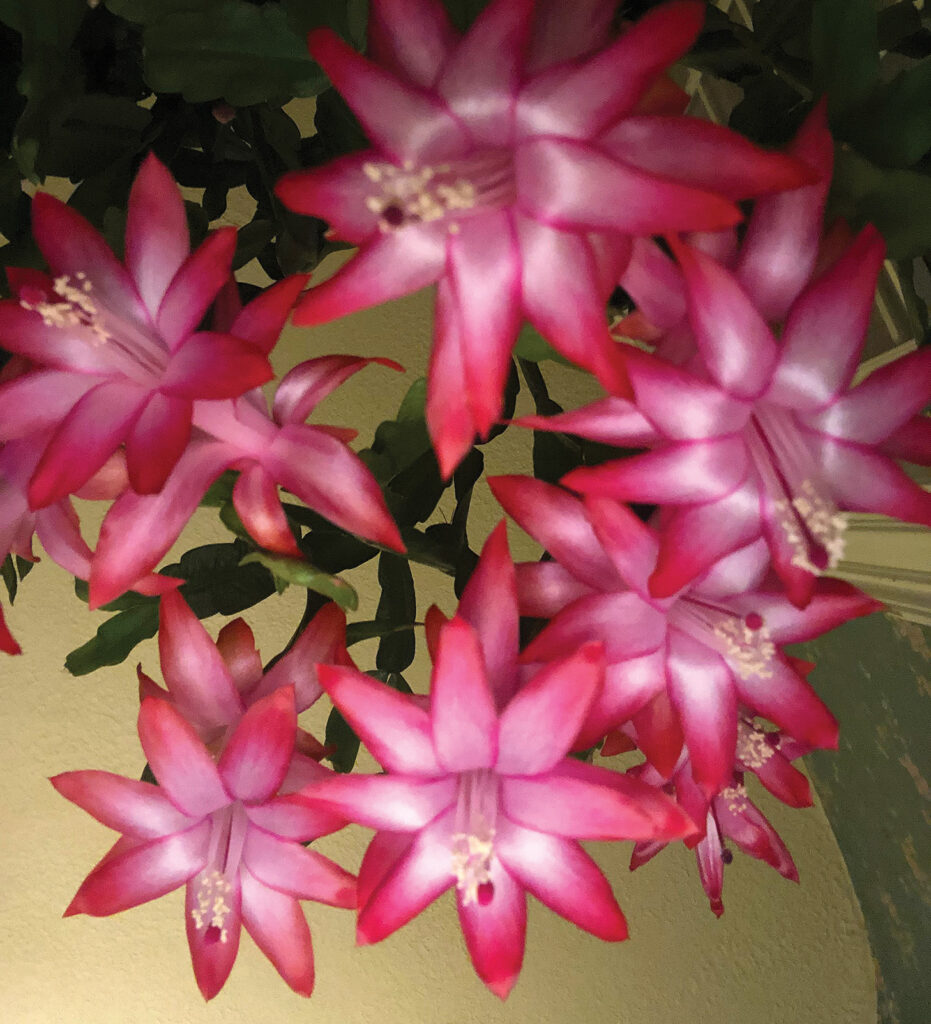
Easter Cactus
Easter Cactus are the problem child of the holiday cactus world. These plants are most commonly seen in the US in late winter to early spring and even in recent years have taken on the moniker of Spring Cactus. Easter Cactus seen in stores are most often horticultural hybrids of two species of Rhipsalidopsis: R. rosea and R. gaertneri. This results in the hybrid R. × graeseri.
You may see old plants with long oval clades that are hairy in appearance with larger red open faced flowers, these are most commonly R. gaertneri. Rhipsalidopsis rosea has very small pink blooms born on small stems that can be flat to cylindrical and sometimes even squarish. The flowers are small, ½ inch to ¾ inch, and open faced. R. rosea is a challenge to grow well. I believe this is because there are several different forms in the species with some being epiphytic and others being lithophytic.
Rhipsalidopsis × hybrids come in all sorts of colors from orange to white. Yellow has been elusive but I am seeing cultivars getting closer. They have open faced flowers in late winter and spring but can bloom intermittently throughout summer.
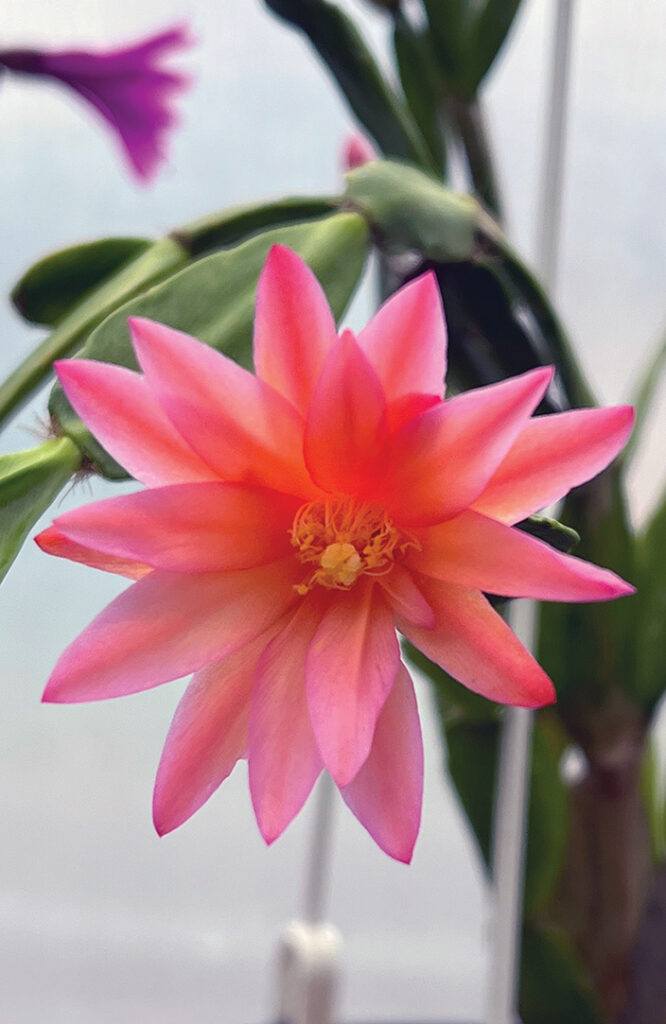
Cultivation
Cultivation of holiday cactus can be highly subjective. In my growing experience in both Maine and Florida I see the need to adjust watering frequency and growing media. It is important to pay attention to what your plant is telling you and adjust accordingly. Some soil mixes that work very well for me in the Northeast consist of a good quality course and barky potting mix combined with grit of some form. Grit can be as simple as perlite or layer size chicken grit.
I had access to white and red lava pumice and found it to be a wonderful soil additive. In cooler climates where plants have to come in during the winter, the mix of ⅔ to ⅓ aggregate to soil was a good proportion.
Experienced gardeners have all sorts of soil mixes they like and use and often it’s based on the feel and look of the media. I have seen old Christmas Cactus grown in loamy garden soil and thrive for decades, so it really depends on individual experience.
The problem child of the holiday cactus group is Easter Cactus, also known as Spring Cactus. I have found in my growing experience they prefer a period of drier conditions from late fall through mid-winter. I also increase the amount of aggregate in the mix to ¾ grit to ¼ soil.
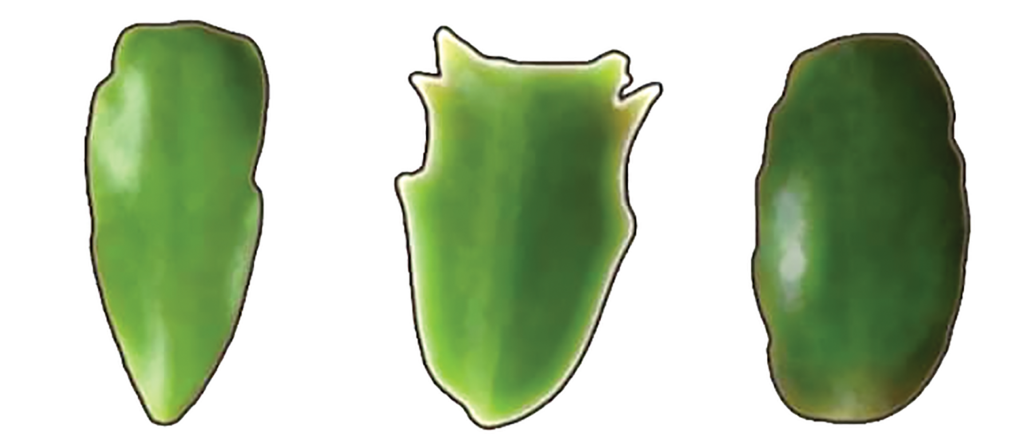
Feeding
I am a huge proponent of feeding plants. The media we use is nearly void of anything useful for plant growth. Feed! I use a commercial water soluble “blue” fertilizer at the strength recommended on the box. People often are concerned with over feeding but in my nearly 30 years growing I have never seen damage caused by over feeding when following the instructions.
If you’re concerned with salt built up in your soil you can give your plants a shower for a few minutes to rinse through the soil or rinse them through with clear water outside. I feed twice a month in the warm months and once a month in the cold months.
Watering
Watering is one of those things that people find most challenging. My advice has always been to be observant of your plants. Do not make a day of the week a set watering day! Plants have no understanding what a calendar is. Check the soil periodically and water accordingly. When you do decide it is time to water make sure you water thoroughly. Water until it comes out of the bottom of the container and pour water in several different locations around the pot. When it’s feeding day water normally then feed with your fertilizer solution.
In most cases these plants are pest free. They can get the normal roster of common pests such as spider mites and mealy bugs but both are easily rectified with a liberal treatment of undiluted 70% rubbing alcohol.
There has been evidence of at least three pathogens identified in holiday cactus: Cactus virus X, Schlumbergera virus X, and Tobacco Mosaic Virus. There are no known cures for these pathogens and I always recommend destroying the plant. At the very least isolate the plant and do not share cuttings. These are most likely spread by cross contamination from scissors when taking cuttings but there is some evidence that insects can also spread them.
Blooming
Blooming holiday cactus is relatively easy. There is lots of information out there on a myriad of ways to encourage blooms. Most of them are complete and utter bull. Plants do not need to be put in closets or completely dark rooms with no light, not even a lightbulb. Many people are successful with blooming them even when they are in the same place all year. Many of the newer cultivars have been bred to be more free blooming and can bloom several times a year if they are well grown. The heaviest bloom will likely be in late fall, though.
I have found that one of the best methods to encourage blooming is to get your plants outside for the summer. In the cooler parts of the US that would be after nighttime temps are consistently above 50 degrees and in bright dappled light to direct morning sun with afternoon shade. In the sunnier regions full shade would be better suited for them. You can feed a bloom booster fertilizer as well but it isn’t necessary. When the shorter cooler days of fall come leave them out until nighttime temps are consistently below 50 degrees to bring them in. My mother would leave her plants out covered with a sheet for the first few frosts.
This group of plants is enjoyed worldwide and has been around for quite some time. They are rewarding as houseplants even when not in bloom. There are over 1500 known cultivars of Thanksgiving Cactus alone. In recent years many online groups have been organized to share pictures of blooms and cultivation advice. Identification of cultivars is nearly impossible without very good documentation of the plant. Try to keep plant labels with the cultivar name and where you acquired the plant. *
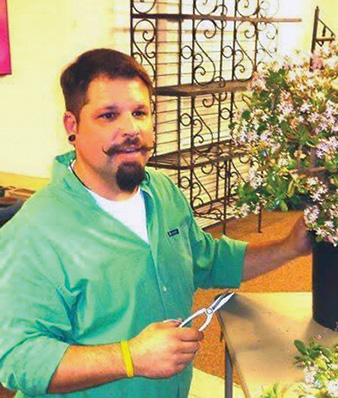
Glen Lord has been involved in some form of horticulture most of his life. Holiday cactus have been one of the main groups of plants in his collection for the past 20 years. He has one of the largest collections of named cultivars, new and old, in the United States with around 600 currently.
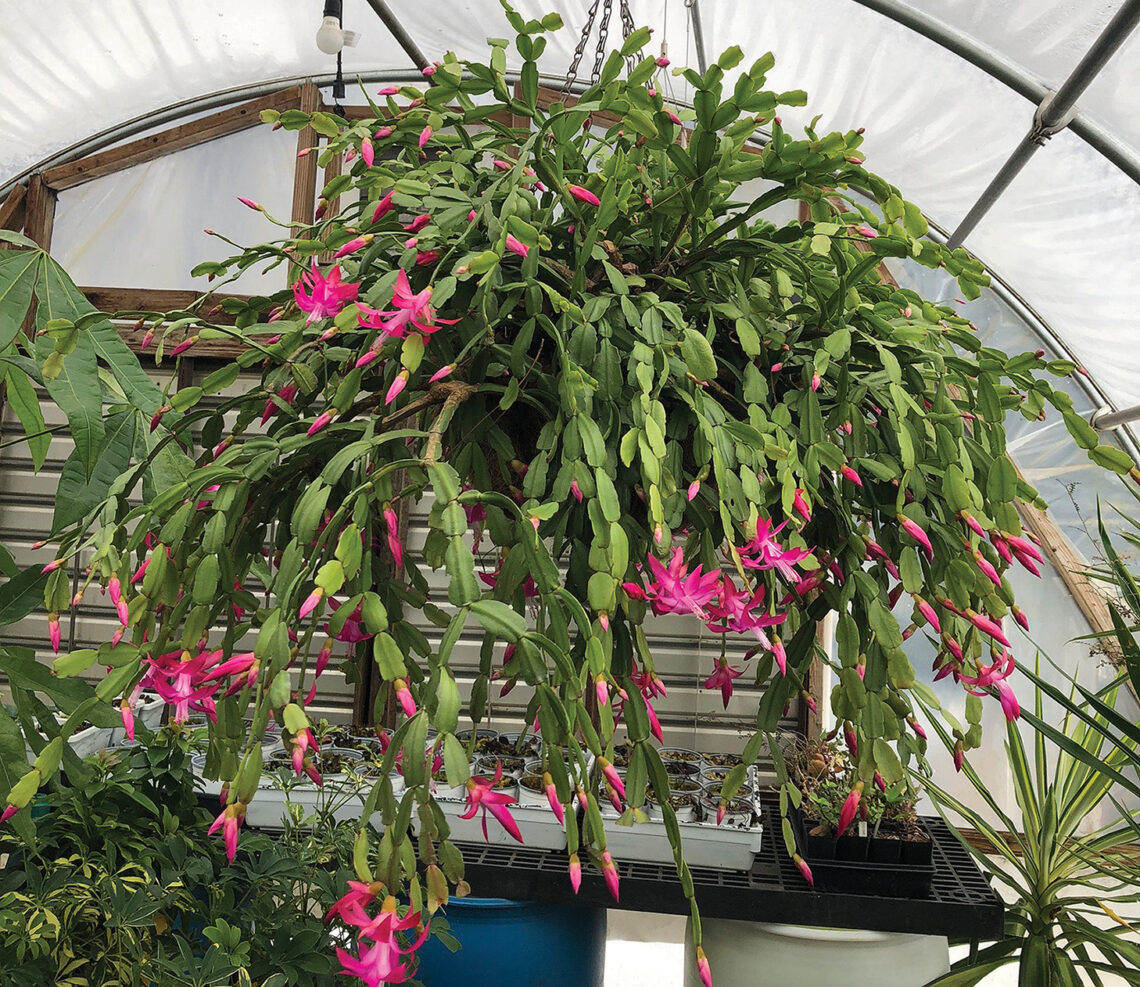


One Comment
Richard Revis
Fantastic!